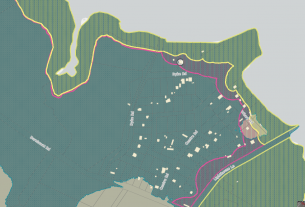Turns out that having some Neanderthal genes in my DNA is a good thing! The Neanderthal influence on our world was brought to my attention when I learned from a 23 and me DNA test, that I have a higher than average percentage of Neanderthal in me, coming in at a little less than 2%. European, Asian, and indigenous American populations today have between 1–2 percent Neanderthal DNA. Their reputation for being a dumb caveman probably arrived from our reaction to the bulky physical appearance, because they turned out to be as intelligent and caring as the pure homo-sapiens genetic line.
- Neanderthal genes have contributed to our immune system
- Increased fertility in women, and fewer miscarriages.
- prefer salty foods over sweet.
- less likely to have a fear of heights.
- a better sprinter than distance runner.
- having difficulty discarding rarely-used possessions.
- eating leafy greens less frequently.
- Not fond of fish
I enjoyed reading a fun historical fiction book, called “The Last Neanderthal” by Claire Cameron.
Publishers Summary: The enthralling story of two women separated by millennia, but linked by an epic journey that will transform them both. Forty thousand years in the past, the last family of Neanderthals roams the earth. After a crushingly hard winter, their numbers are low, but Girl, the oldest daughter, is just coming of age and her family is determined to travel to the annual meeting place and find her a mate. But the unforgiving landscape takes its toll, and Girl is left alone to care for Runt, a foundling of unknown origin. As Girl and Runt face the coming winter storms, Girl realizes she has one final chance to save her people, even if it means sacrificing part of herself. In the modern day, archaeologist Rosamund Gale works well into her pregnancy, racing to excavate newly found Neanderthal artifacts before her baby comes. Linked across the ages by the shared experience of early motherhood, both stories examine the often taboo corners of women’s lives. Haunting, suspenseful, and profoundly moving, The Last Neanderthal asks us to reconsider all we think we know about what it means to be human.

About 5 millions years ago we began our evolution from from the apes.
550,000 years ago, our common ancestor was Homo heidelbergensis (wikipedia)
60,000 years ago interbreeding occurred between Neanderthals and humans.
40,000 neanderthal became extinct
What did Neanderthals look like?

Neanderthals were similar to modern humans in many ways, but their skeletal remains reveal a handful of differences, particularly in the face and head. Where modern humans have a relatively flat face and round skull, Neanderthals had a sloping forehead, elongated skull, heavy brow ridge, projecting midface, and almost no chin. Neanderthals also had a more robust body with a “barrel-shaped” chest and thicker bones.
Another book with a deeper dive:
- The Neanderthals Rediscovered – How Modern Science Is Rewriting Their Story
Conclusion
Fun to understand this chapter of human existence through DNA and history.
Please SUBSCRIBE to our NOTIFICATIONS
If you would like to be notified of more articles like this, please LIKE our Facebook page, which will then include us in your Facebook feed. Use this LINK to take you to our page, then click the LIKE button shown below. Or Like our twitter feed.





